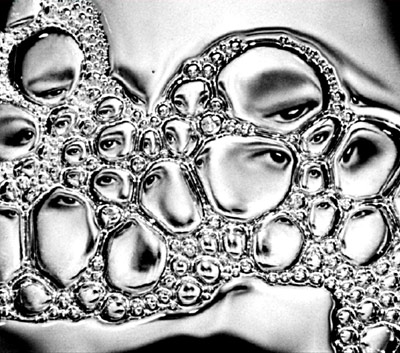The noxiousness of its effluvia in lacustrine marshes, pestilential fens, faded flowerwater, stagnant pools in the waning moon
Self-citing is often frowned upon, being considered (and sometimes is) vanity, egotism or an attempt in self-advertising. However, everyone self-cite because sooner or later, everyone builds upon previous findings. “Given the cumulative nature of the production of new knowledge, self-citations constitute a natural part of the communication process.” (Costas et al., 2010).
The argument whether citation analysis should include self-citation has been going on since the early days of citation analysis and is still ongoing. Early citation studies tended to exclude self-citation, but today’s Journal Impact Factor (JIF) includes them. […]
We’ve seen that self-citation can pay off at the journal level, but what about individual authors? Fowler and Aksnes (2007) did another research on the Norwegian database, but this time it was author rather than publication oriented. The percentage of author self-citation was rather low – 11% – but every self-citation yield, on average, 3.65 citations from others in 10 years. Fowler and Aksnes concluded that “self-citation advertises not only the article in question, but the authors in question.”



